Search Images
Browse Content (p. 824)
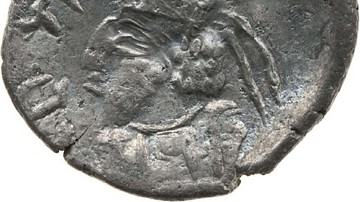
Image
Mithra
Parthian silver coin, 1st-2nd century CE. Reverse: Short-bearded bust of Mithra facing left, with a long moustache and bushy hair. Mithra wears diadem, torque and Persian V-neck jacket with beaded lapels. Rays of a halo shine above his head...
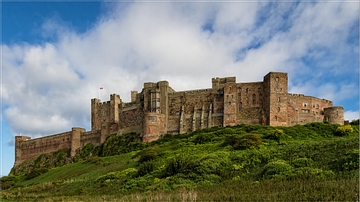
Image
West View of Bamburgh Castle
Western view of Bamburgh Castle. Bamburgh was originally built as a fort in the 5th Century CE and a castle was built on the site by the Normans at the turn of the 11th Century CE. The castle was besieged twice by forces loyal to Edward IV...
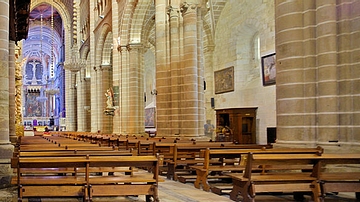
Image
Interior of Evora Cathedral
Interior of Evora Cathedral, Evora Portugal. Photo taken 2011 CE.
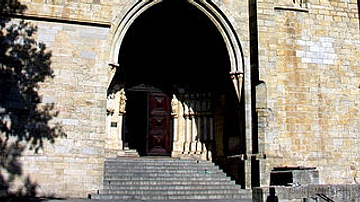
Image
Evora Cathedral
The great (main) door of Evora Cathedral, Evora, Portugal. Photo taken 2006 CE.
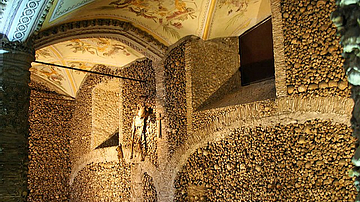
Image
Capela dos Ossos, Skeleton Wall
Capela dos Ossos (Chapel of Bones) Evora, Portugal showing hanging skeleton. Photo taken 2015 CE.
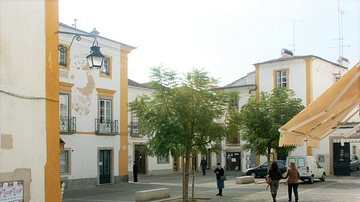
Image
Evora
A square in Evora, Portugal showing the white buildings with mustard-coloured trim that is typical of the Moorish architecture of the city. Photo taken 2008 CE.
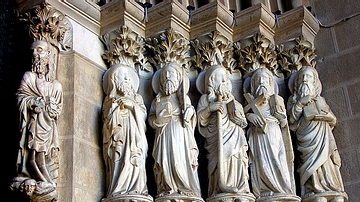
Image
Statues of the Apostles
Sculptures of the twelve apostles at Evora Cathedral, Portugal - attributed to Pero and Telo de Garcia (Spanish sculptors of the 14th century CE). Photo take 2006 CE.
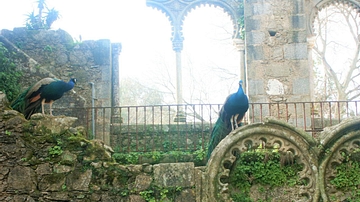
Image
Peacocks in Jardim Publico de Evora
Peacocks in Jardim Publico de Evora (Evora Public Garden), Evora, Portugal. Photo taken in 2008 CE.
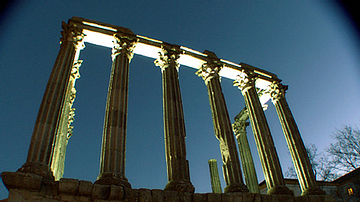
Image
Temple of Diana
Temple of Diana in Largo Conde Vila Flor Square Evora, Portugal - night photo. The temple was constructed in the 1st century CE. Photo take 2005 CE.
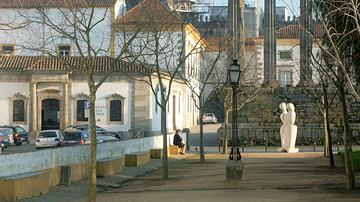
Image
Temple of Diana
The Roman temple of Diana in Evora, Portugal. Constructed in the 1st century CE. Photo shows temple in relation to other buildings in Largo Conde Vila Flor square. Photo taken in 2008 CE.